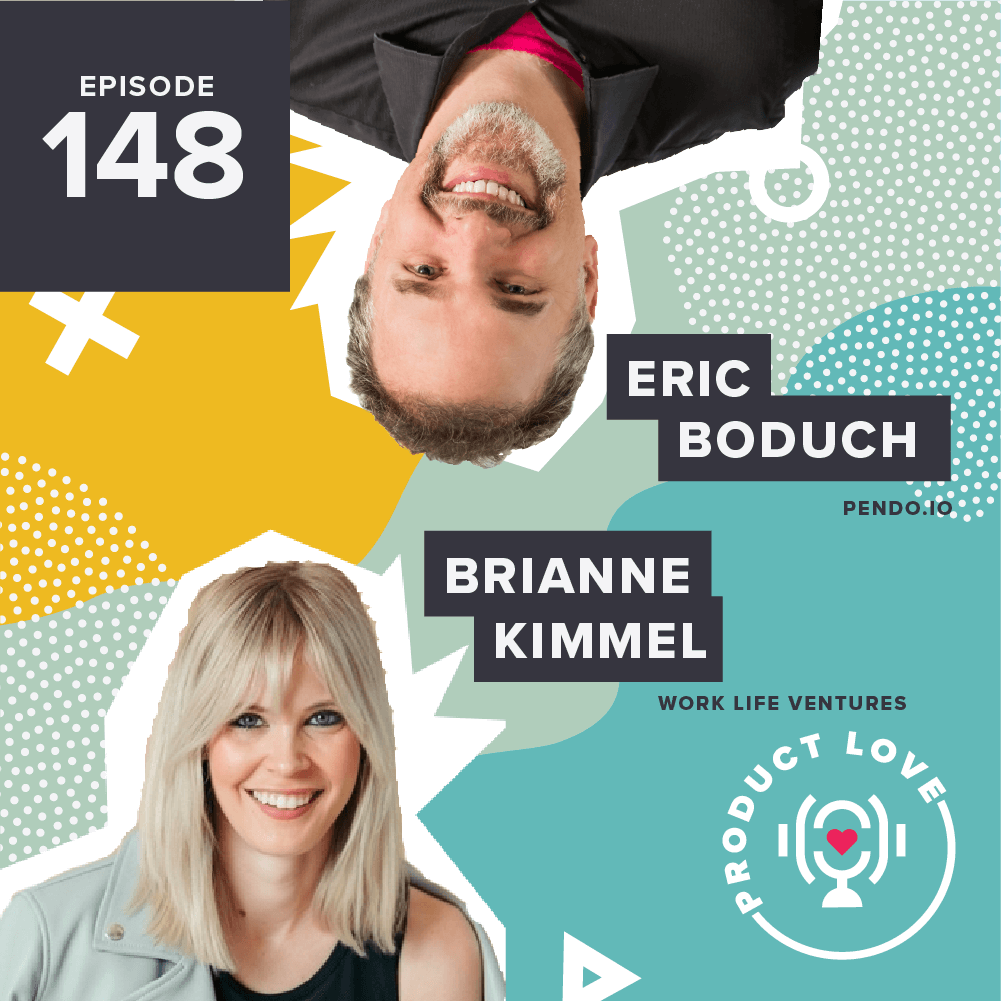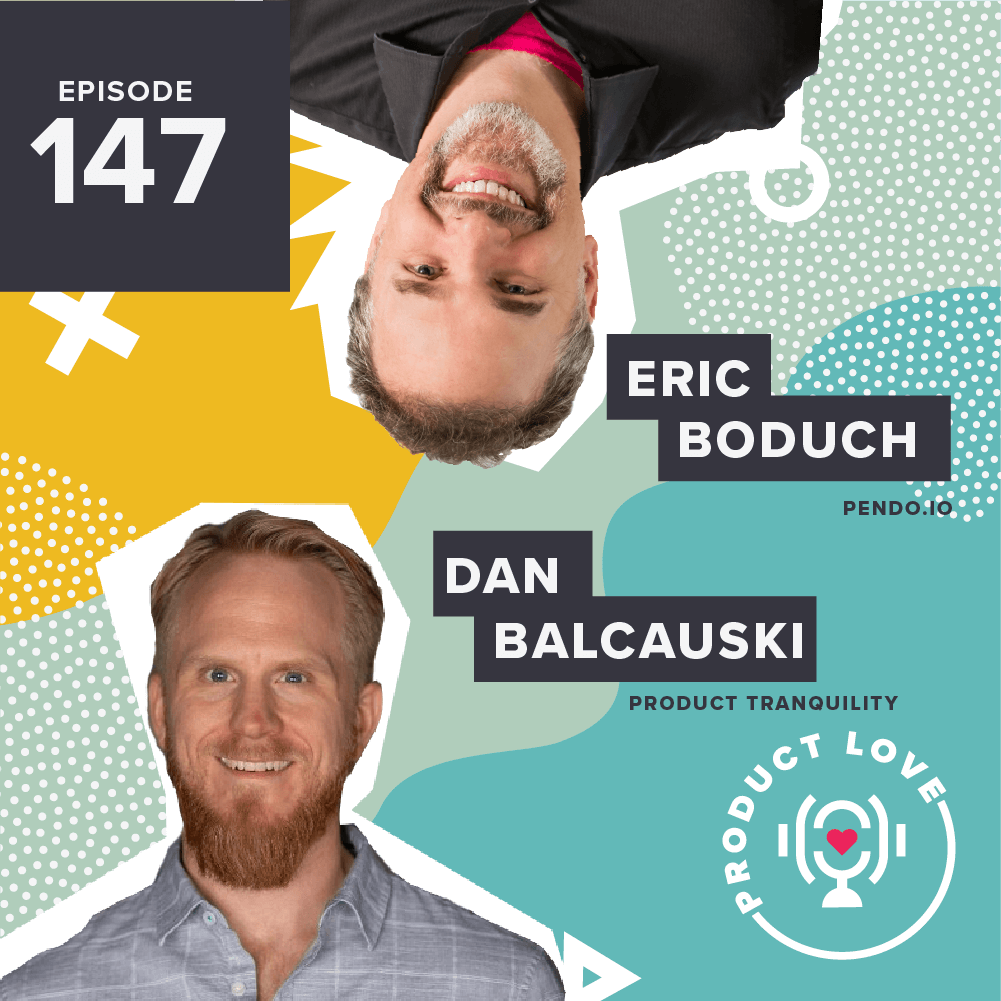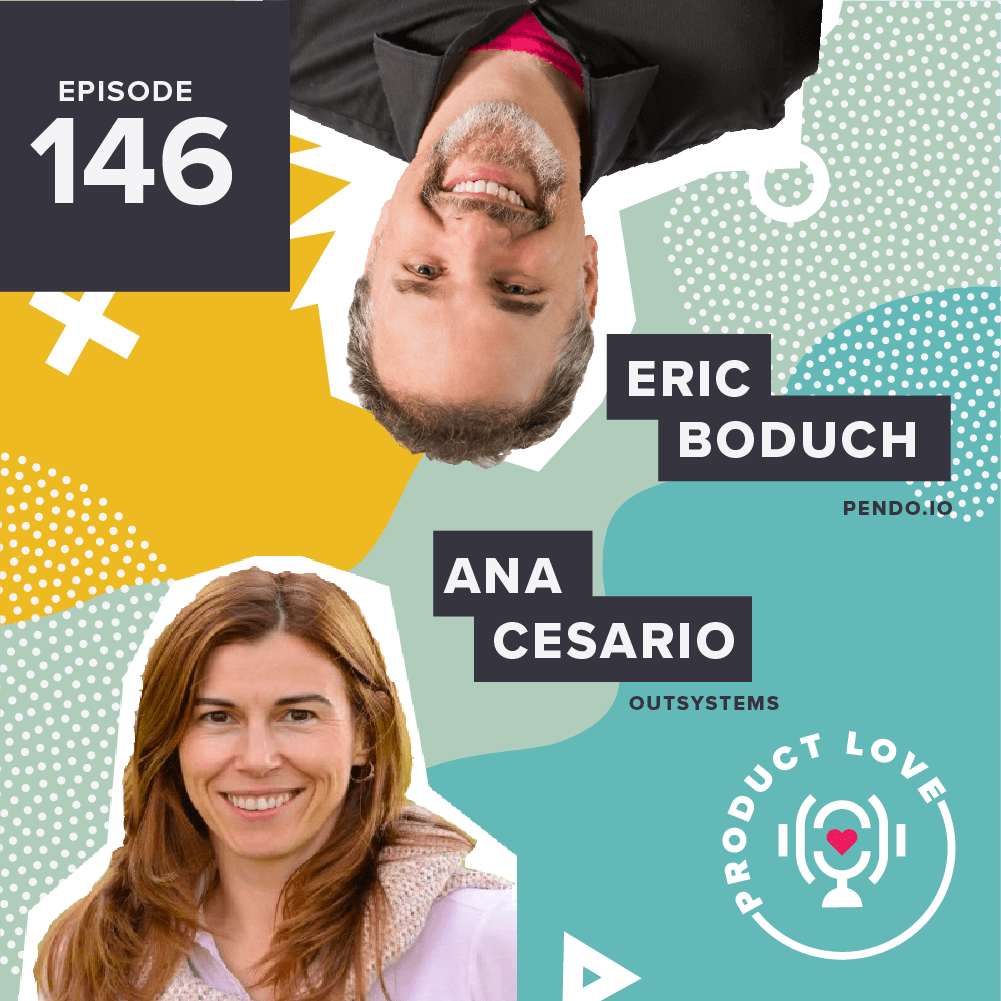This week on Product Love, I sat down with Rahul Vohra, CEO of Superhuman. Last winter, we recorded an amazing episode on product-market fit, and I’d definitely suggest you check that one out as well. This week, we talk about how game design can influence the way we build products, and why product managers could take a few lessons from game designers.
Nowadays, business software feels too much like work. You might be nodding your head and saying, “Yes, that’s because it is work.” But hear Rahul out. What if we could make work feel more like play? Play is important — it taps into our intrinsic motivation and gets us to see our job in a more innovative light.
What’s game design?
Let’s be clear on a few things: game design isn’t gamification. Gamification is more like an additional layer to our product, where we add things like trophies or points to reward players. For example, you might grant users points if they keep logging into the product daily. But there’s a reason why gamification didn’t stick around in the industry — it’s extrinsic motivation, which isn’t nearly as powerful as intrinsic motivation. Rahul explains the differences between the two. Extrinsic motivation means we do things to get rewards. On the other hand, intrinsic motivation drives us to do things because we find them satisfying and interesting. Ideally, your users are intrinsically motivated to interact with your product.
Game design is the perfect set-up for this. Games have goals, and business software doesn’t. That’s why you need to have goals that are concrete, achievable, and rewarding. To learn more about what factors are critical in game design or how to design with user emotions in mind, listen to the episode above.
What is “flow?”
During the episode, Rahul talks a lot about flow. Flow can be simply understood as intense and focused concentration on the present. You can think of it as getting in the “zone,” or as deep work. So, how can product managers create moments of flow for their users?
According to Rahul, there are five conditions that are necessary to create flow:
- You must always know what to do next.
- You must always know how to do it.
- You must be free from distractions.
- You must get clear and immediate feedback.
- You must feel a balance between challenge and skill.
At Superhuman, they create flow by being deliberate about every single step of the process. When users are done archiving an email, they’re immediately presented with another so they don’t have to make a decision. Their thorough onboarding process teaches them to use keyboard shortcuts, so they always know how to proceed. As for freedom from distractions, users are limited to one conversation at a time, which forces them to focus on the task at hand. From there, they get clear feedback.
But the last part of flow is the hardest part to get right. In fact, it almost feels counterintuitive. Why would you want to challenge your users within your product? Because it helps with their productivity flow.
Game design and product managers
So what can product managers do? Rahul suggests that PMs try to unlock the fundamental truth behind their product. They need to ask themselves, “What is something all my users deeply believe but rarely express?” Rahul also leaves this piece of wisdom to all product managers: users may forget what your product does, but they’ll never forget how a product made them feel. As a PM, your goal should be to design products that resonate strongly with your users.


